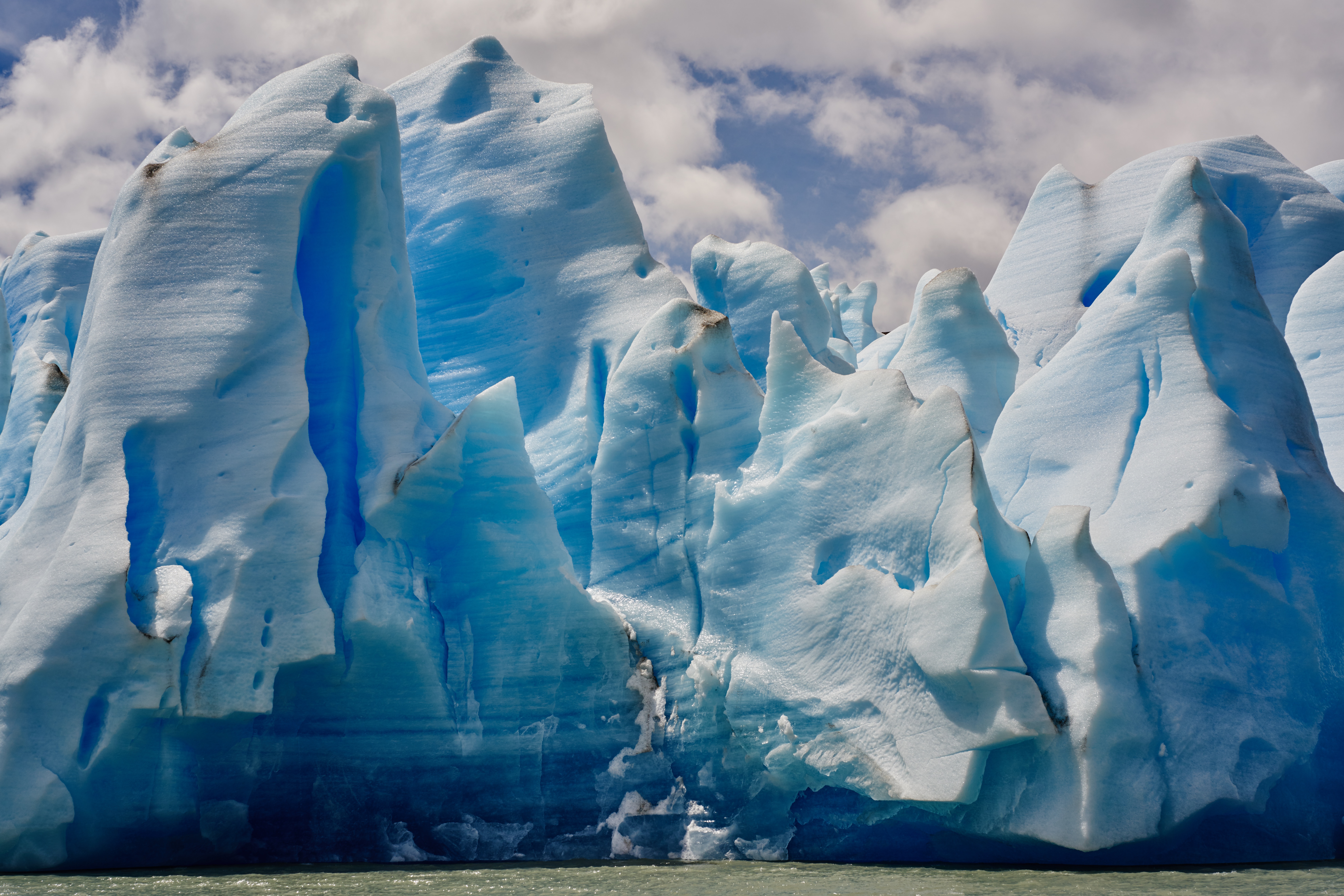A diverse group of scientists, students, and filmmakers found microplastics including microbeads, similar to the ones used in personal care products, in ice samples taken from a remote stretch of the Arctic. They collected water, air and ice samples to study the Arctic summers and the effect of climate change on the surrounding environment. This expedition was part of the Northwest Passage Project (NPP) that started on the 18th of July and lasted until the 4th of August, 2019.

What were the most shocking revelations?
The researchers of this expedition discovered contamination in the ice cores drilled in the Canadian Arctic. As reported by Euronews, the plastic was much more abundant in ice floes than in the surrounding water. This might be an indicator of the fact that the ice acts as a filter for particles coming through air fallout or sea currents.
The chief scientist of the NPP, Brice Loose, reported that the amount of plastic they found was shocking even though they were objectively expecting it. He said that they found small filaments including “round beads, almost like the microbeads that show up in shampoo and exfoliating body wash, those kinds of things were really abundant in the ice, much more abundant than in the water” in a recording published on Science Friday. The microplastics were potentially as abundant as the microbes that were found in the ice, visible to the naked eye.
No place on earth left without plastic…
Indeed, this discovery should not come as news after plastic being found on the top of Himalayans and at the deepest point of our oceans. Not only that, there is enough evidence that shows that microplastics have infiltrated our air, our water, and our food. These tiny plastics have been found in drinking and tap water; mussels, salt, beer, honey and we are inhaling them through the dust that surrounds us. At this moment in time, we can be almost certain that we are eating, drinking and breathing plastic.
Unfortunately, what most people don’t realize is that when plastic enters our body it can make us sick. The chemicals in plastic and plastic particles may cause cancer, heart disease, Alzheimer’s, dementia, Parkinson’s, arthritis, impotency and even harm babies in the womb. There is strong evidence that our bodies are at risk.
What can you do about it?
You can go on a plastic diet! Plastic Soup Foundation has created an easy guide for you to be aware of your daily plastic consumption and they created a diet through which you can reduce your plastic waste. Be it the plastic that you use in your bathroom, garden or kitchen, this diet covers all parts of your lives where you use plastic. With this diet, they do not advise you to throw away all the plastic items you have around your house as they still might be good to use. But they suggest you to always ask yourself one question whenever you want to buy something new: is there a plastic-free alternative for this?
When it comes to cosmetics, you can always rely on our ‘Zero Plastic Inside’ brands. We certify brands that are entirely microplastics free so that consumers have an easy choice to make. Currently, we have around 70 brands from around the world that you can choose from. Check them out!

